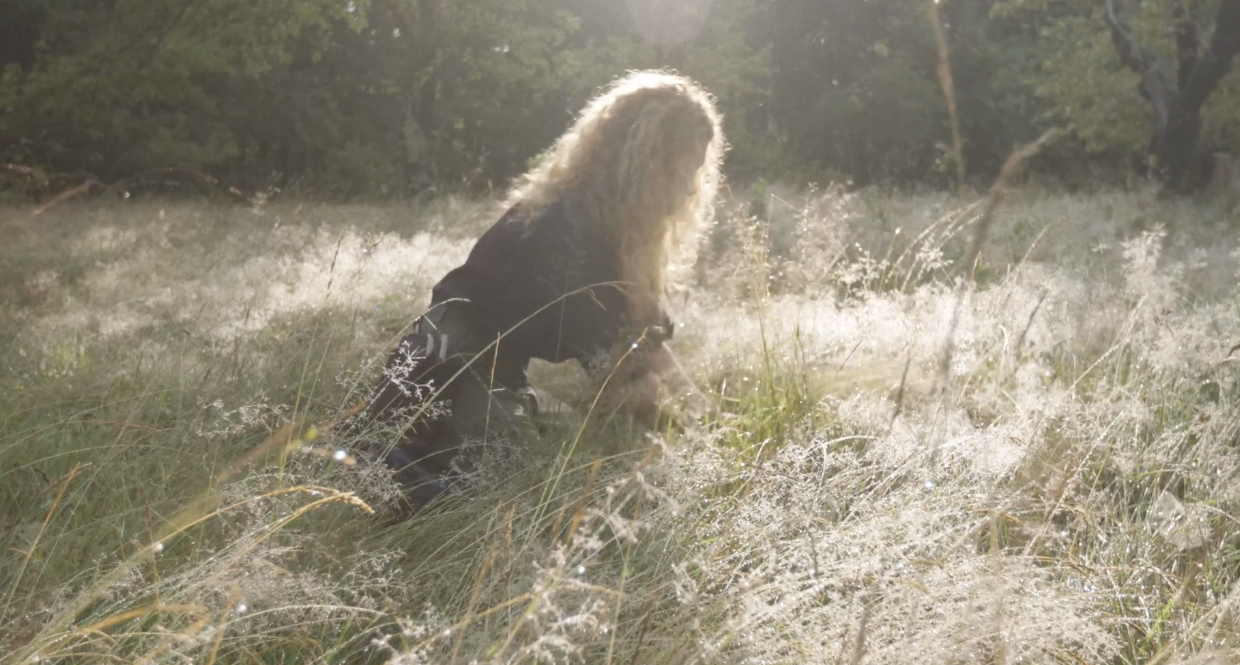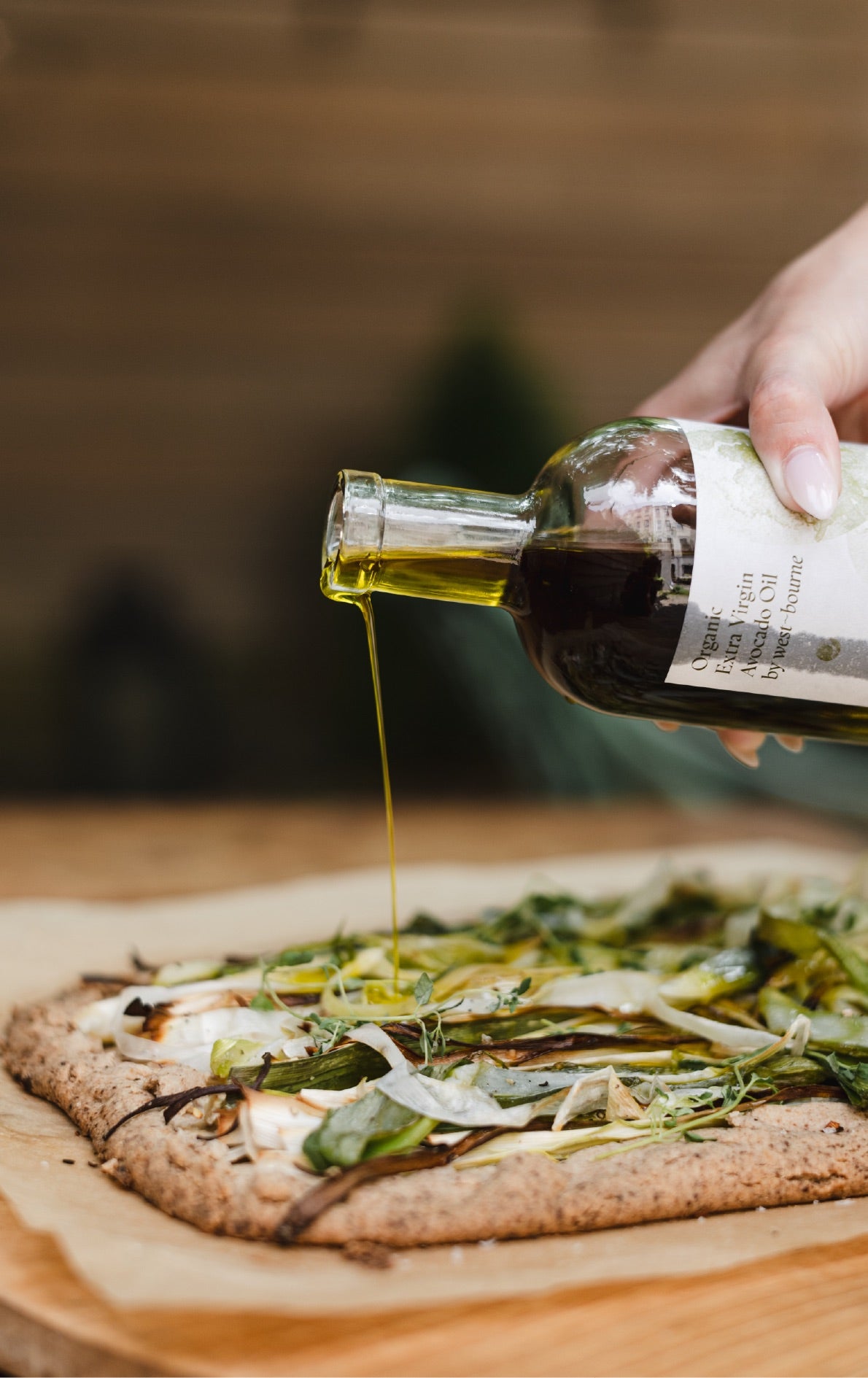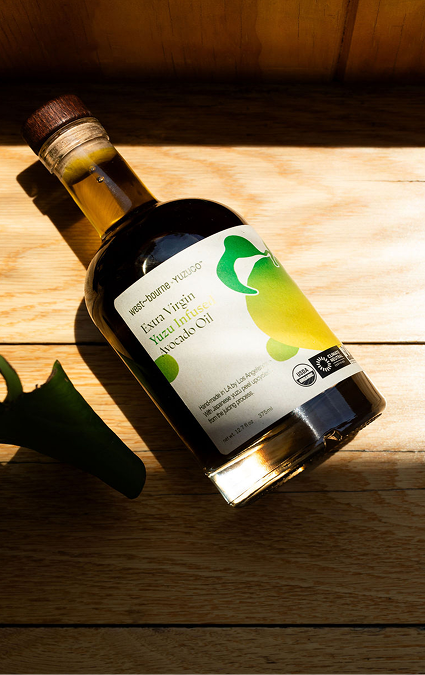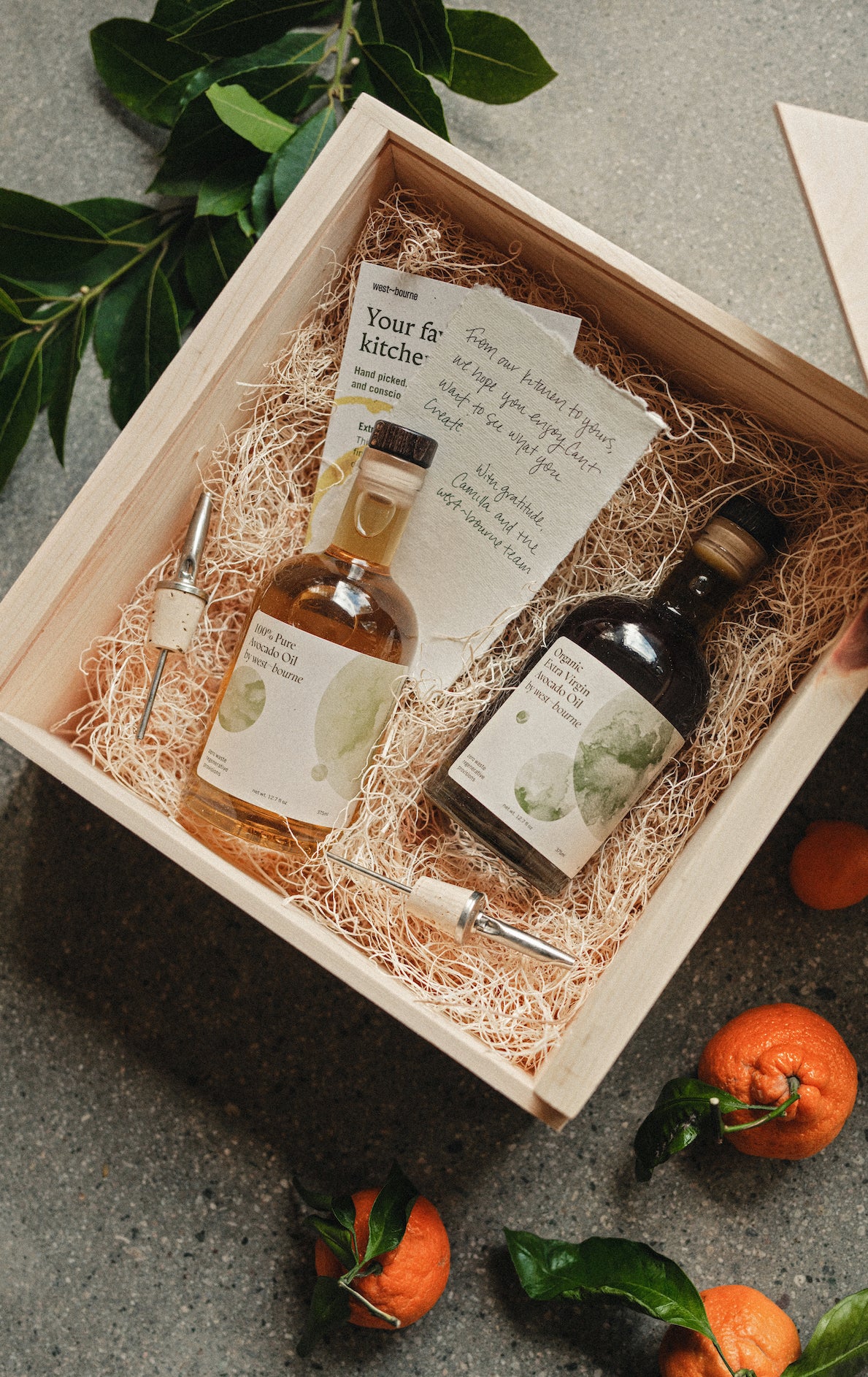Main Meal: Reimagining Floristry with Alex Crowder of Field Studies Flora

Floral designer Alex Crowder hails from the Ozark Mountains in Missouri and established her practice, Field Studies Flora, in New York City in 2020. Her singular approach to floral interventions, as she calls them, is earth-minded—working with nature rather than against it—and operates in the space between urban and wild. Sourcing almost entirely within a 200-mile radius of New York City, Crowder forsakes chemical-laden monoculture in favor of wild, uncommon, and untethered florals that characterize her work.
Moving away from the synthetic and toward the organic, she has designed for Somerset House, Roman and Williams, Tiwa Gallery, among others, "ferrying fragments of the wild into Brooklyn and Manhattan," as she describes. Here, she shares more about her practice and nature's drive toward life—even in the most urban environments.
At some point along the way, floral design seemed to lose sight of its inherent nature—organic matter!—by integrating dyes, chemicals, and the desire for everlasting flowers. How have you disrupted this process through your work?
There is no real death in nature, only metamorphosis—cycles of transformation and rebirth within the ecosystem. Choosing to embrace decay and decline, rather than run from it, is how we conduct our studio. We cherish the ephemeral quality of plants, often opting for flora at the edge of ripe and rot.
Speckled petals, drooping tulip heads, insect-munched leaves—we see these so-called imperfections as beauty marks that signal miraculous transitions from one state of natural life to another. To be a florist—now and always, but especially now—is to keep one's eyes wide open to the undeniable pace of nature: the good, the bad, the ugly, in both its blooming and wilting states. It's our job to help fellow admirers reframe their understanding of the natural world with empathy—observing plants not as decorative objects, but as living things.


Photos by Marco Galloway.
How do you navigate between the worlds of urban and wild in your own life in New York City?
Even in the glaring center of Times Square, if you're looking for it, you can experience nature. That's something I love about living in New York: constantly bearing witness to nature's ability to adapt and persevere within the city. Plants long to live alongside us—and us alongside them.
I don't feel the need to escape into the forest (though that's where I feel most at ease), because of what we do at Field Studies—ferrying fragments of the wild into Brooklyn and Manhattan. Every week, I touch flowers, moss, lichen, and branches. Our work table at the studio is practically a dive bar for the little creatures that get carried into our space from local farms and fields on the stems of wildflowers. So although there may seem to be a line between urban and wild—really, there isn't.
Do you easily get urban fatigue, and how do you remedy this?
Sometimes. But I have the salve of floristry to keep me sane. Touching plant life and thinking obsessively about the natural world is therapeutic. It also keeps me grounded, reminding me that I am but one part of a much larger organism.


Photos by Billal Taright.
We love your approach of floral interventions over arrangements. Can you elaborate on the difference between these two approaches as you see it?
The idea of arranging flowers as though they're fixed pieces on a chessboard never felt right. That sense of rigid curation and siloed ornamentation isn't what we're after with our work. Instead, we consider the way in which a collection of plants will exist in a space over time—and how their residency in that place will affect those who come across them. In that way, these placements of flora are featured players in the room, not background extras. How things breathe into a space makes a monumental difference. It demands attention.
How can we rewild our interiors?
Become a naturalist—a collector. I tend to bring home things that I've found while spending time anywhere outside: a yellowing leaf clipped from an overwatered plant, or a strange stone that I picked up on the beach. It doesn't have to be flowers in a vase on a shelf. It can be anything that reminds you of nature. Holding onto these things and placing value in them is how we move through the world—pairing curiosity with gratitude.


Photos by Kristina Dittmar (left) and Dominik Tarabański (right).
Do you have suggestions for sourcing more sustainably grown flora for everyday decor?
Don't be afraid to ask questions. Be as curious and considerate about where your flowers come from as you would be about where your apples are grown. Every choice has a ripple effect.
Do you have any florist's tips for taking cuttings from your own garden? Is there a sustainable approach to harvesting flowers?
Be mindful and patient. If you have a flowering plant in your backyard and notice that pollinators, birds, or creatures are drawn to it—take note. Try to identify the plant before reaching for your shears. Once you've done that, and decided that it's safe and fair to take a few blooms for yourself, do so—but be democratic.
Remember all the living things that rely on this plant for more than its beauty. For some little bug, those pretty petals might be a motel. If it's your own garden (lucky you), you have more control and ownership over it all. Hopefully, knowing just how much every element means to everyone there will guide you. In that case, you have a beautiful opportunity to learn about each plant as it evolves throughout the year—and that knowledge will guide your procuring practices.


Photos by Kristina Dittmar.
How does regenerative agriculture come into play in your world, and what regenerative practices do you implement in your studio?
It's the whole game. Our guiding principle in everything we do is to work with nature rather than against it. We compost as much as we can and limit our plastic use to the bare minimum—though there are many sinkholes of imperfection when it comes to tools. Waterproof tape, for example, is something we can't do without, but have yet to find a plastic-free alternative for, though we wish we could.
Remaining transparent about things like this may be the most sustainable practice of all. It allows us to have open, honest conversations about where we fall short—and what we're doing to catch up with the changing needs of our day-to-day operations. Most critically, we are firmly rooted in conscious floral sourcing, choosing locally procured materials from farmers and foragers we know as often as we can.
For more on Alex Crowder visit Field Studies Flora.
Lead image film still by Scott MacDonough for Field Studies Flora.







